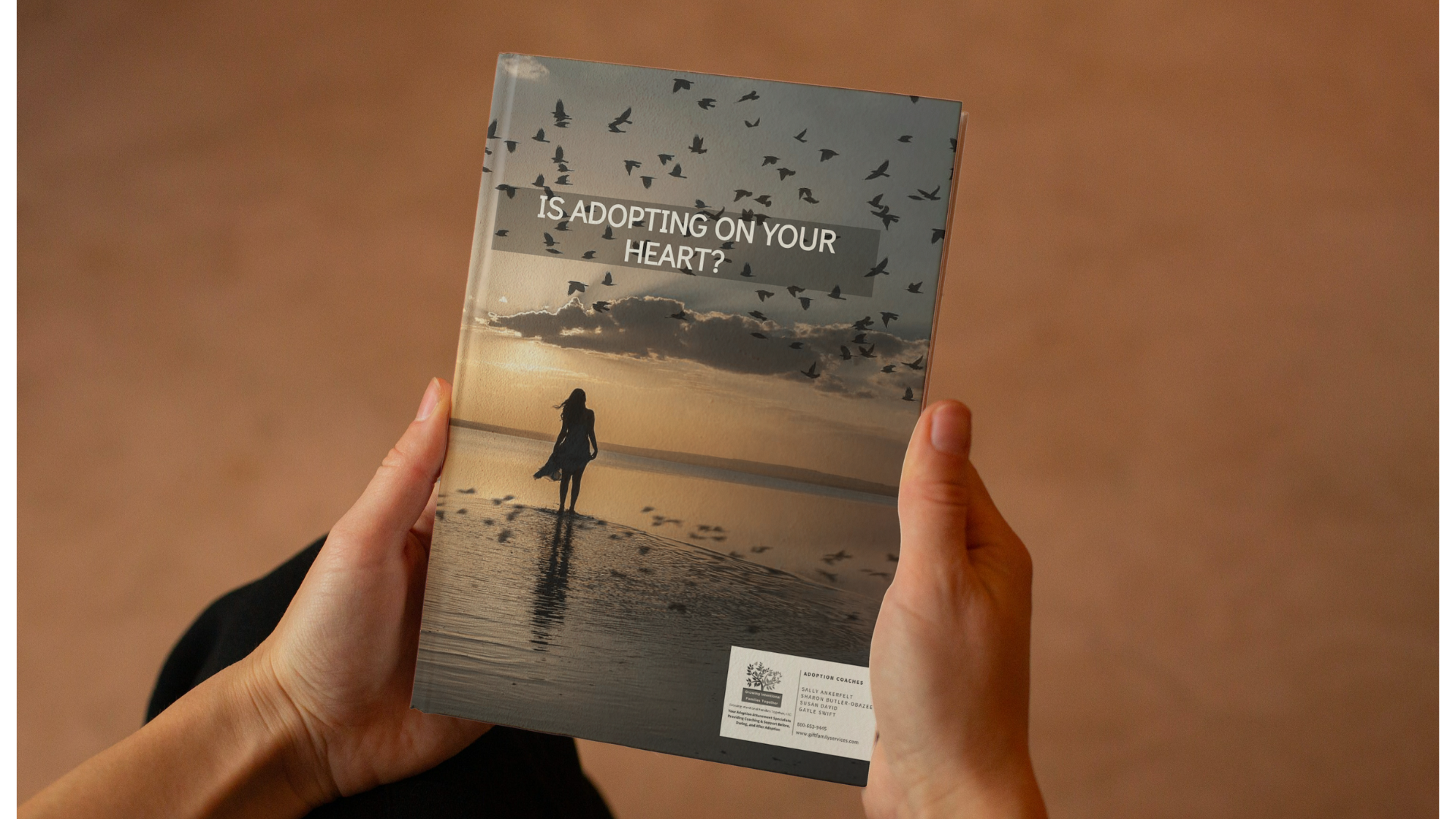 It has been my experience that in order to understand how to be in a state of “calmness”, we must first understand the terms Projection and Perception.
It has been my experience that in order to understand how to be in a state of “calmness”, we must first understand the terms Projection and Perception.
Projection is the “emotionally charged” part of us that we want to hide from others. It is our history, our societal/cultural past, our patterns that are triggered when an event occurs or when we are relating to others. It is the parts of our personality that we don’t like and constantly resist.
Perception, on the other hand, is very neutral. It is being present in this particular moment in time and experiencing a situation with no previous judgments or expectations. It is a calm way of focusing on what is right there in front of you without formulating any predisposition to what the outcome will be. It is through this calmness and with no baggage from past history that we are able to choose our responses and relate proactively to those involved.
When we are in the midst of turmoil as parents, we tend to project our inner selves, our past and the fears that have evolved during those past experiences onto others, especially our children. We don’t find a calm way of relating due to these fears. We are not consciously aware of our fears, so we react putting more distance between us and our children. At such moments we generally act with control, not influence, in a confrontational way.
It is only through becoming consciously aware of our projections that we are able to make conscious choices and respond in a positive and beneficial way. When my son was failing in school, I would react to his failing through anger, disappointment and anxiety. I was projecting my own failings onto him that I had dismissed and stuffed way down deep inside of me. It was only when I realized what I was doing that I was able to stop reacting and focus calmly on what was occurring with him. Only then was I instrumental in assisting him with his needs.
Parents have a hard job of finding the calm, especially when they are in the midst of “stormy” waters with their children. It is thus imperative that we learn to perceive if we are going to relate proactively and positively with our kids. Having the time and the ability to “anchor” ourselves in the present moment is key to reaching a calm state. It is only then that we will be able to focus and respond creatively to the situation presented.
Joann DiStefano


